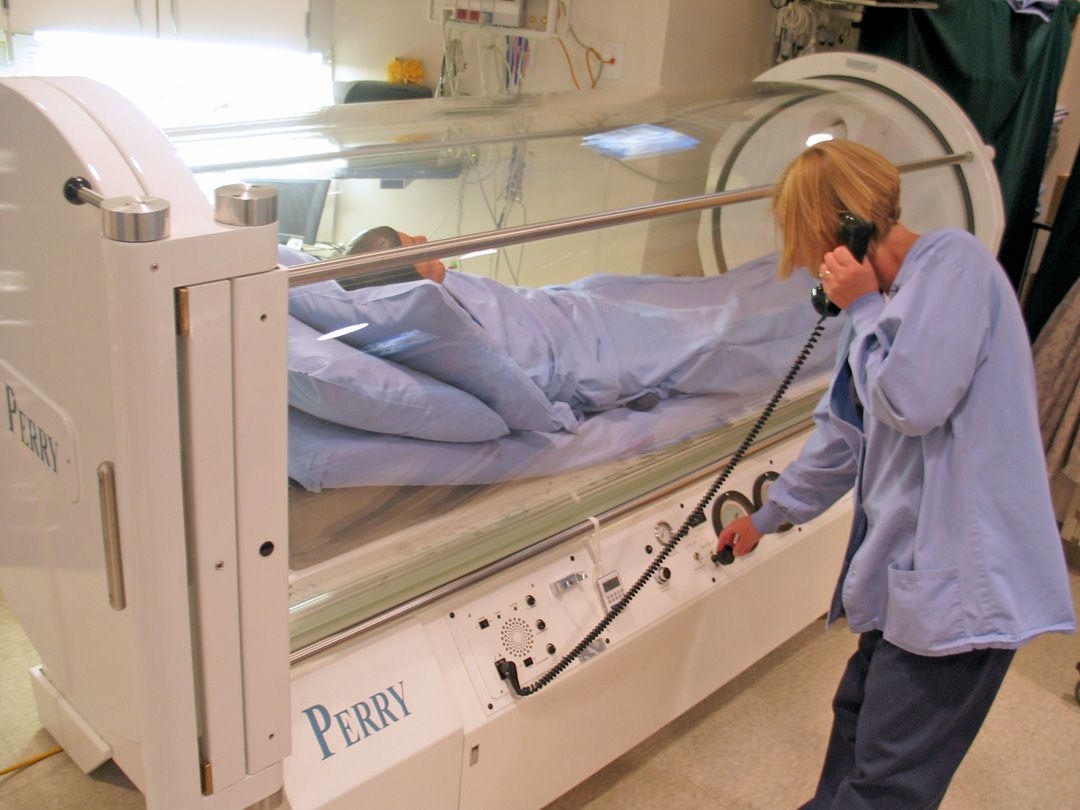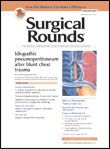Publication
Article
Surgical Rounds®
Hyperbaric Oxygen Therapy May Speed Healing in Surgical Wounds
Author(s):
As many surgeons know, acute surgical wounds occasionally heal slowly as a result of poor local blood supply, infection, blood vessel damage, or a combination of factors. Fortunately, new research suggests hyperbaric oxygen therapy (HBOT) can speed healing in those difficult wounds.

As many surgeons know, acute surgical wounds occasionally heal slowly as a result of poor local blood supply, infection, blood vessel damage, or a combination of factors. Fortunately, new research suggests hyperbaric oxygen therapy (HBOT) can speed healing in those difficult wounds.
During HBOT, pure oxygen is administered in an airtight chamber. By increasing blood oxygen saturation, HBOT enhances oxygen transportation to all bodily fluids, tissues, and cells. Because high-dose oxygen is toxic to normally perfused tissue — particularly in the brain and lungs — regular HBOT sessions should not exceed 1-2 hours.
In the United States, the Undersea and Hyperbaric Medical Society (UHMS) maintains a list of approved conditions for HBOT reimbursement. Since one 90-minute session can cost as much as $1,800, having concrete evidence to support indications is imperative.
A recent Cochrane review explained the theory behind HBOT’s use in inflammation, angiogenesis, matrix deposition, wound contraction, epithelialization, and scar remodeling. In addition to citing potential mechanisms, it described the 2 processes by which HBOT can be administered: monoplace or multiplace chambers.
While the review did not find high-quality evidence to support or refute HBOT’s benefits in wound healing, it provided comprehensive information about the therapy’s history and potential uses.
A similar paper recently published on Medscape also covered the history of HBOT, although in greater detail on the therapy’s effectiveness in specific would types. The paper also included useful tables describing absolute and relative contraindications to HBOT, as well as specific complications.






